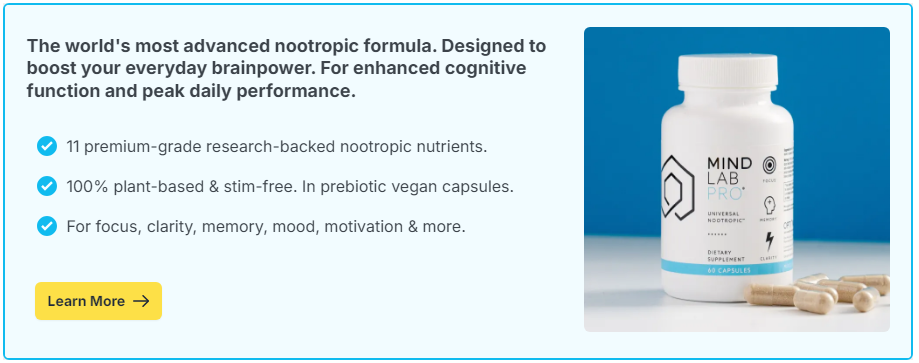
We often think of closet organization as a purely practical concern—a way to make mornings less chaotic or keep our bedrooms looking tidy. But peek behind those sliding doors, and you might find more than just old sweaters and unmatched socks. You might find a surprisingly accurate reflection of your inner mental world.
How we organize—or fail to organize—our closets can reveal subtle patterns of cognitive dissonance, decision-making style, emotional regulation, and even identity management. In short, your wardrobe might be telling a story about your mind that even you haven’t fully heard yet.
Contents
- What Is Cognitive Dissonance?
- Closet Organization as a Cognitive Mirror
- The Psychology of Decision Fatigue in the Closet
- Closet Types and Cognitive Styles: What Your Setup Might Reveal
- How Closet Organization Can Support Cognitive Health
- Practical Tips for a Brain-Boosting Closet Makeover
- Closet Cleanouts, Cognitive Tune-Ups
What Is Cognitive Dissonance?
Cognitive dissonance is the psychological discomfort we experience when we hold two or more conflicting beliefs, values, or attitudes at the same time. It was first described by psychologist Leon Festinger in 1957 and has since become a cornerstone of modern psychological theory.
Examples of cognitive dissonance include:
- Knowing that exercise is important, but avoiding the gym
- Valuing sustainability, but buying fast fashion impulsively
- Wanting simplicity, but keeping every souvenir from past vacations
Our minds don’t like dissonance. To resolve it, we typically adjust our beliefs, justify our behavior, or change our actions. And this internal tension shows up—sometimes dramatically—in how we manage physical spaces like closets.
Closet Organization as a Cognitive Mirror
Closets are unique because they bridge two psychological domains: identity (how we see ourselves) and functionality (how we navigate daily life). This makes them a prime arena for cognitive dissonance to bubble up.
1. Aspirational Clutter
If your closet is packed with clothes you don’t wear but “might someday,” it could reflect a gap between your ideal self and your actual self. You might aspire to be the person who wears blazers daily, even if you live in hoodies.
This tension can cause low-grade anxiety every time you open the closet—a daily cognitive dissonance ping that subtly drains mental energy.
2. Sentimental Hoarding
Holding onto clothes tied to strong memories (like a college sweatshirt or a concert T-shirt) reflects emotional attachments that conflict with practical needs for space and simplicity. Part of you knows you don’t need these items; another part fears that letting go means letting go of the associated identity or memory.
3. Over-Organizing as Control
Conversely, an excessively organized closet—color-coded, seasonally rotated, and minimalist—can signal a desire to exert control over one’s environment to counteract inner emotional uncertainty. Hyper-organization can sometimes be a response to underlying mental clutter or unresolved tension elsewhere.
The Psychology of Decision Fatigue in the Closet
Closets also reveal how we handle decision-making pressure, particularly in the morning when cognitive resources are still warming up.
Signs of Decision Fatigue in Your Wardrobe:
- Huge variety of clothing but “nothing to wear”
- Difficulty letting go of outdated or ill-fitting items
- Repeating the same few outfits despite a full closet
Every item in your closet represents a micro-decision you must process. An overstuffed or disorganized closet increases decision fatigue—the mental exhaustion caused by making too many choices—which can subtly degrade cognitive performance across your whole day.
Simply put: cluttered closets can clutter the mind.
Closet Types and Cognitive Styles: What Your Setup Might Reveal
While no closet “diagnosis” is perfect, certain patterns can hint at underlying cognitive tendencies:
1. The Maximalist Closet
- Traits: Creative thinking, open-mindedness, high information intake
- Challenges: Struggles with focus, difficulty pruning options, higher susceptibility to cognitive overload
2. The Minimalist Closet
- Traits: High executive function, preference for streamlined decision-making, emphasis on efficiency
- Challenges: Possible rigidity or perfectionism if minimalism becomes an identity in itself
3. The Sentimental Closet
- Traits: Strong emotional intelligence, rich memory integration, deep value placed on personal history
- Challenges: Difficulty updating identity narratives, resistance to change
4. The Aspirational Closet
- Traits: Visionary thinking, goal orientation, future-mindedness
- Challenges: Possible chronic dissatisfaction if the current self feels “never enough”
Recognizing your closet “type” can provide insight into broader cognitive habits—and offer gentle opportunities for growth and realignment.
How Closet Organization Can Support Cognitive Health
Believe it or not, tackling your closet can be an act of brain care. Here’s how:
1. Reduce Cognitive Dissonance
Align your wardrobe with your true daily life, not just your fantasy self. Every item you keep should reflect the current version of you, easing internal conflicts and boosting emotional clarity.
2. Boost Decision-Making Efficiency
A well-curated closet simplifies daily choices, reducing mental drain and preserving brainpower for more meaningful tasks.
3. Reinforce Positive Identity Narratives
Organizing your clothes intentionally allows you to curate a story about who you are and who you are becoming. This strengthens self-concept and supports future-oriented thinking.
4. Create Micro-Doses of Mastery
Successfully organizing a closet provides a tangible sense of accomplishment—a small but powerful boost to mood, motivation, and cognitive momentum.
Practical Tips for a Brain-Boosting Closet Makeover
Ready to create a wardrobe that feeds your mind as much as your style? Try these strategies:
- Start with a “current self” audit: Pull out clothes you actually wear in a typical month.
- Sort based on emotional clarity: If a piece feels heavy, guilt-inducing, or conflicted, consider letting it go.
- Minimize decision points: Organize by outfit combinations or categories rather than just individual pieces.
- Use visual cues: Keep your most empowering, identity-reinforcing items in the most visible spots.
- Celebrate small wins: Even a five-minute reorganization session can boost cognitive satisfaction and emotional clarity.
Closet Cleanouts, Cognitive Tune-Ups
Your closet isn’t just a place to hang clothes. It’s a living metaphor for how you navigate choice, memory, aspiration, and identity. Whether it’s cluttered, curated, or somewhere in between, it’s whispering constant feedback about your mental world.
By paying attention—and organizing with compassion and intention—you’re not just making mornings easier. You’re tuning your mind for clarity, reducing hidden sources of tension, and creating a physical space that supports who you are—and who you’re becoming.
Sometimes, cleaning out your closet is the first step toward clearing space in your mind for something even bigger and brighter to grow.

